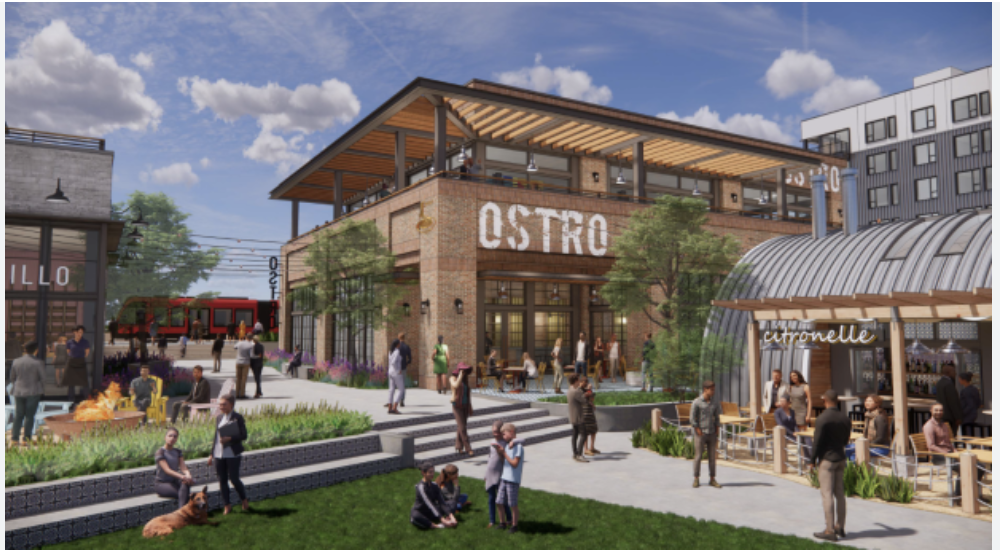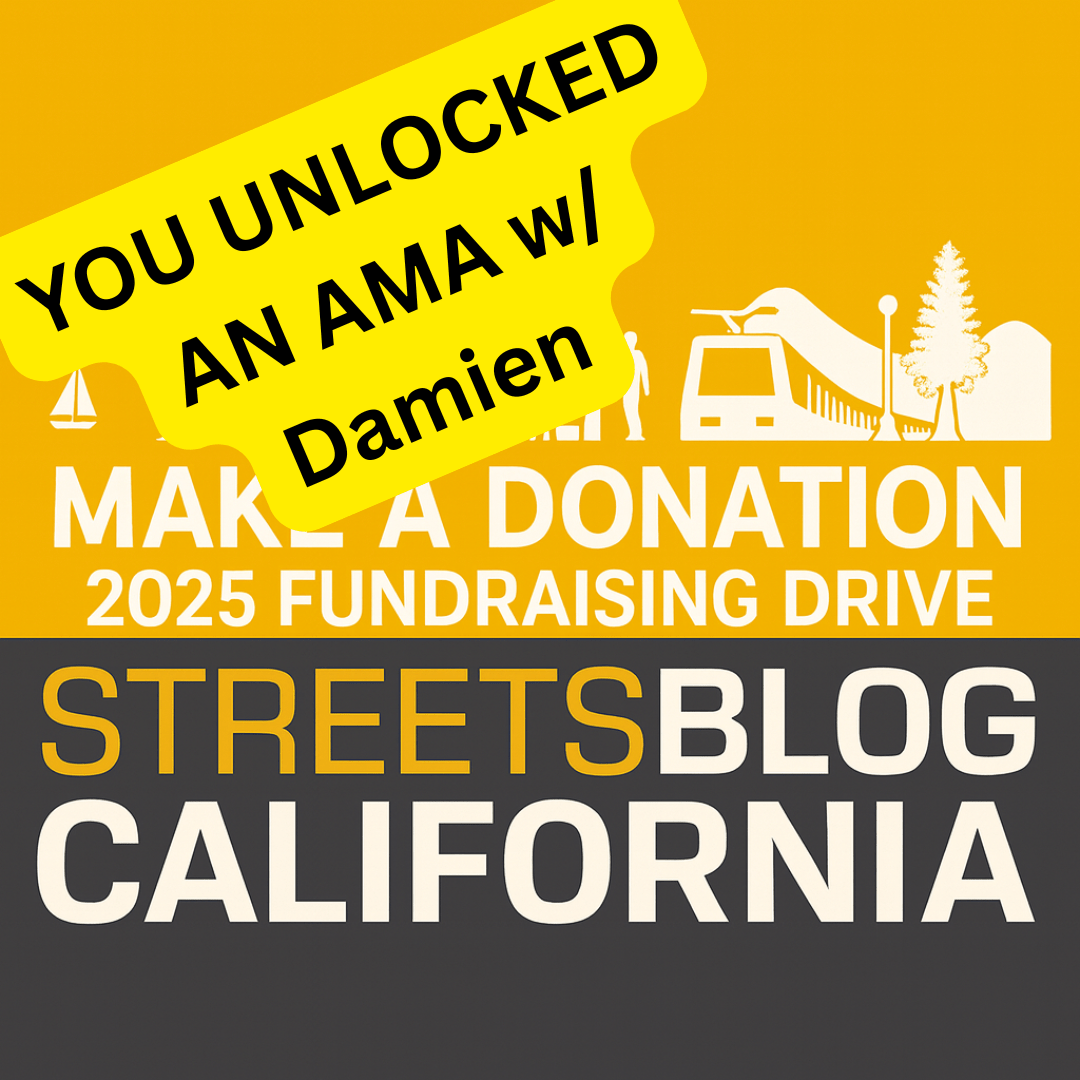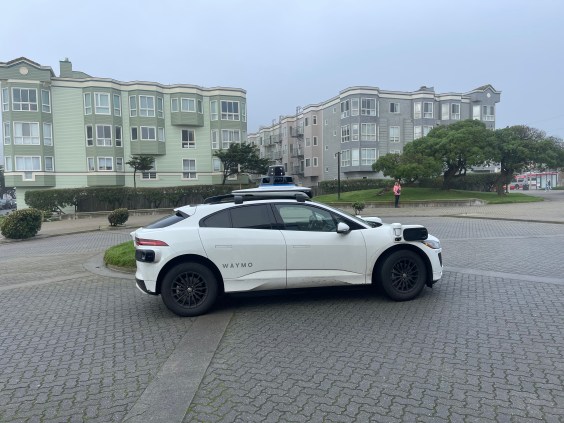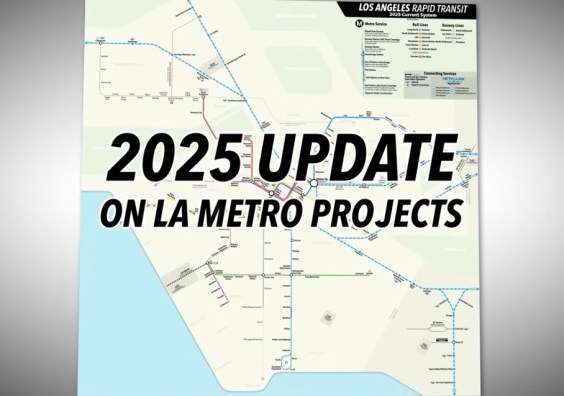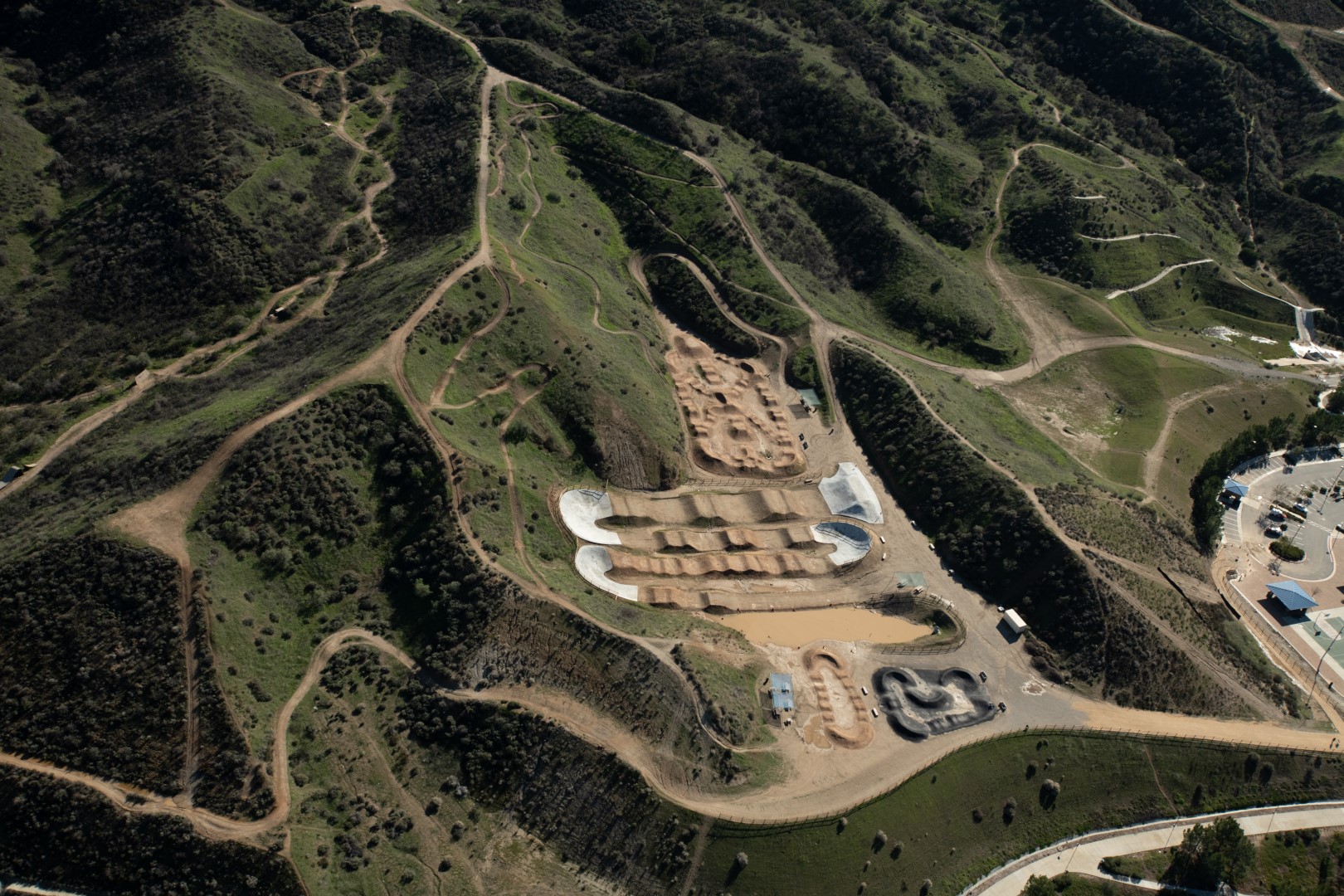Alex Wong is the Data Researcher for Ride SD.
A 2015 UC Berkeley Study named San Diego’s Trolley as having the worst station areas overall out of California’s six largest rapid transit systems. But since then, San Diego’s Mission Valley has broken ground on two multibillion-dollar infill transit-oriented developments (TODs) along the Green Line light rail, each pioneering TOD formats unprecedented in North America.
NFL Stadium Turned Collegiate Edge City

Between 2020-2022, San Diego State University (SDSU) replaced Qualcomm Stadium with the 35,000-seat Snapdragon stadium. Like Qualcomm, Snapdragon is engulfed by surface parking–except SDSU will replace it with a 400-room hotel, 1.6 million square feet of office atop 95,000 square feet of street-facing retail, and 4,600 dwellings at roughly 145 units per acre, the maximum residential density San Diego allows outside Downtown. This development, SDSU Mission Valley, will generate consistent travel demand translating to 1,955 daily boardings, even assuming 15-minute frequencies. By contrast, Qualcomm Stadium’s event-fueled, boom-bust ridership averaged under 300 daily boardings even before the Chargers left.
SDSU Mission Valley is textbook urbanism. Its masterplan eliminates parking minimums, establishes parking maximums, and unbundles parking. Office parking will be largely underground, and street parking dynamically priced. Curb-protected bike lanes, modal filters, bulb-outs, raised zebra crossings, roundabouts, repair stations and showers for cyclists, and a grid of human-scaled blocks will all enhance bikeability and walkability.
However, SDSU Mission Valley is not a run-of-the-mill TOD; it is North America’s first university campus purpose-built as TOD. Moreover, the Green Line connects SDSU Mission Valley to SDSU Main Campus in under 8 minutes–faster than the same trip by car, even without traffic. This setup is a win-win. SDSU doesn’t have to run inter-campus shuttle buses, and MTS scores a ridership jackpot by transporting university students, a uniquely transit-dependent demographic, over a route it already runs trains on.

Urbanism’s Latest Holy Grail: Golf Course Redevelopment
Only a 10-minute Green Line trip away from SDSU Mission Valley is Riverwalk, the continent’s first golf course to TOD transformation, which broke ground in 2022. This victory contrasted sharply with Denver’s failed 2023 attempt to redevelop Park Hill golf course.
Both Riverwalk and Park Hill are 3.5 miles away from their respective Downtowns and intercity/regional rail hubs. But Riverwalk’s plan dwarfs Park Hill’s, boasting 4,300 multi-family homes at the same density as Park Hill’s 3,200 units, 150,000 square feet of retail, and featuring 1 million square feet of office space, while Park Hill proposed virtually zero. And while Park Hill borders single-family home and industrial sprawl, Riverwalk abuts Fashion Valley, San Diego’s largest mall, allowing residents convenient access to shops, restaurants, and cinemas. Most importantly, Riverwalk is more transit-oriented. Its future mixed-use center will front an infill station whose half-mile radius transit priority area, combined with Fashion Valley Station’s, will completely encompass Riverwalk, thus guaranteeing its homes zero parking minimums and unbundled parking. By contrast, Park Hill would have been 0.27-0.8 miles away from the nearest rail station, 40th and Colorado.

In addition to Riverwalk, Fashion Valley’s walkshed boasts 840 and 319 recently-finished units at Town and Country and Rivair, respectively, and 883 units pending approval on the parking lot and JC Penny adjoining the station.
The Method to the Madness
As infamous a car sewer Mission Valley is, the Green Line makes it deceptively hospitable to pedestrians and TODs. American light rail lines get abysmal ridership often because they hug freeways, exposing riders and TODs to pollution, noise, and torrential traffic. Freeway-adjacent stations also distance passengers from destinations since freeways skirt neighborhoods, avoiding neighborhood centers. But the Green Line avoids I-8 and Friars Road, instead running above Mission Valley’s heart: the San Diego River.
This affords Trolley passengers alighting at Fashion Valley and Hazard Center Stations direct, flood proof strolls to their namesake destinations. Meanwhile, to access the malls, motorists on Friars and I-8 must zigzag through a morass of off-ramps, traffic lights, seasonally inundated causeways, and parking structures. Consequently, going between Fashion Valley and SDSU Mission Valley is often faster by Trolley than by car.

With Riverwalk and SDSU Mission Valley designed to face the River, Mission Valley will further reorient around the Green Line, where the San Diego River Trail could blossom into an Atlanta Beltline-style, car-free main street.
Conclusion
Mission Valley is a TOD superstar, locally and nationally. Skeptics may point out that Riverwalk was unanimously approved by city council and unlike Park Hill, never went before voters. But SDSU Mission Valley was approved 54.5%-45.5% by citywide vote, despite facing the competing SoccerCity alternative, and was permitted to build five 265-foot tall towers without controversy.
YIMBIYism is conquering Mission Valley. But accompanying transit enhancements are not. Mission Valley urgently needs at least 7.5 minute Green Line frequencies. Unfortunately, 2024’s ill-fated Measure G dedicated only 12 percent towards operations, even as MTS’ operating deficits escalate. San Diego is procrastinating on completing the River Trail and pedestrian/bike bridges that would expand station walksheds for under $1 million each. These amenities are key to making Mission Valley transit-oriented, not simply transit-adjacent. Otherwise, residents will drive rather than take transit, thus exacerbating congestion.
